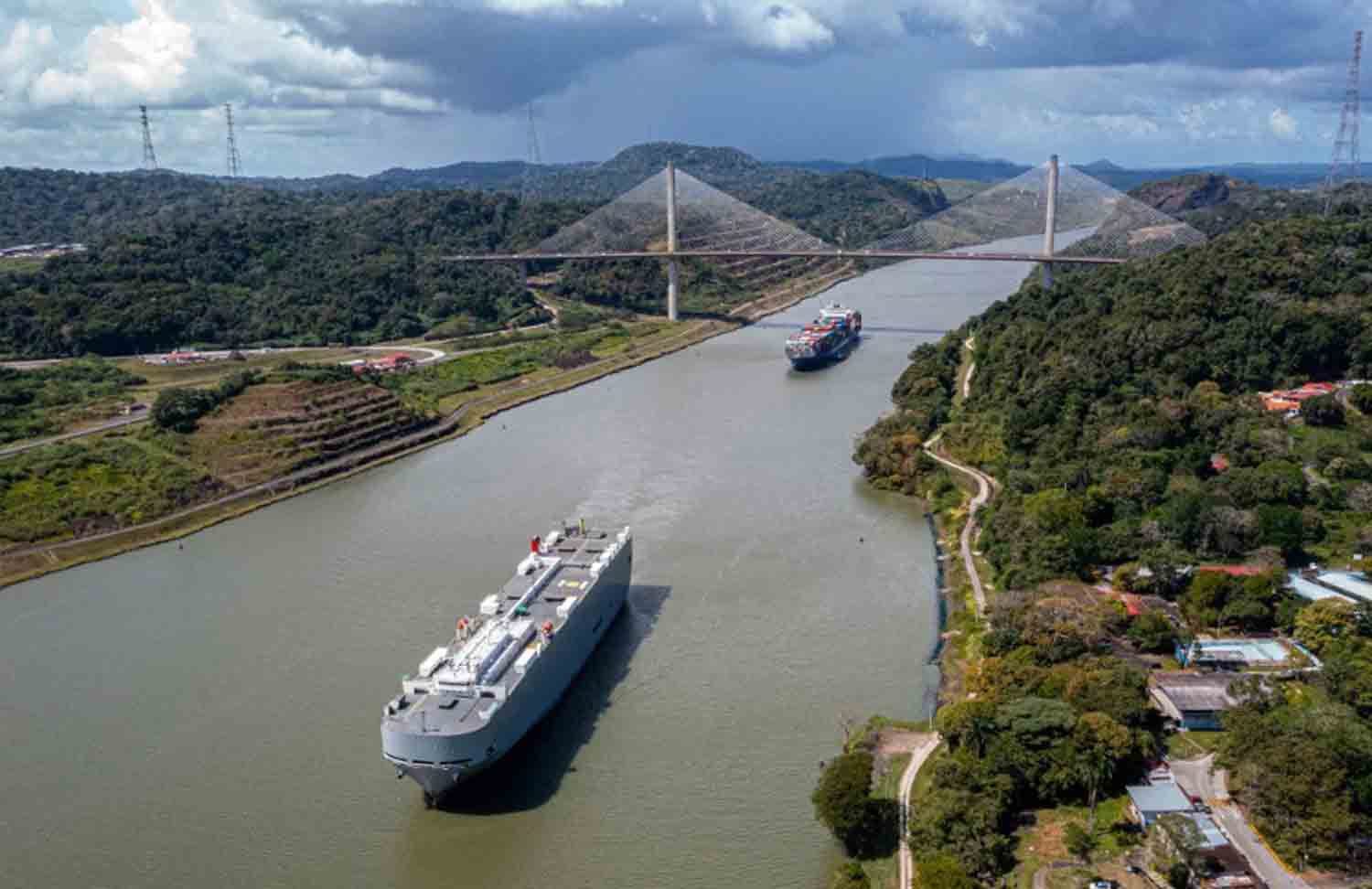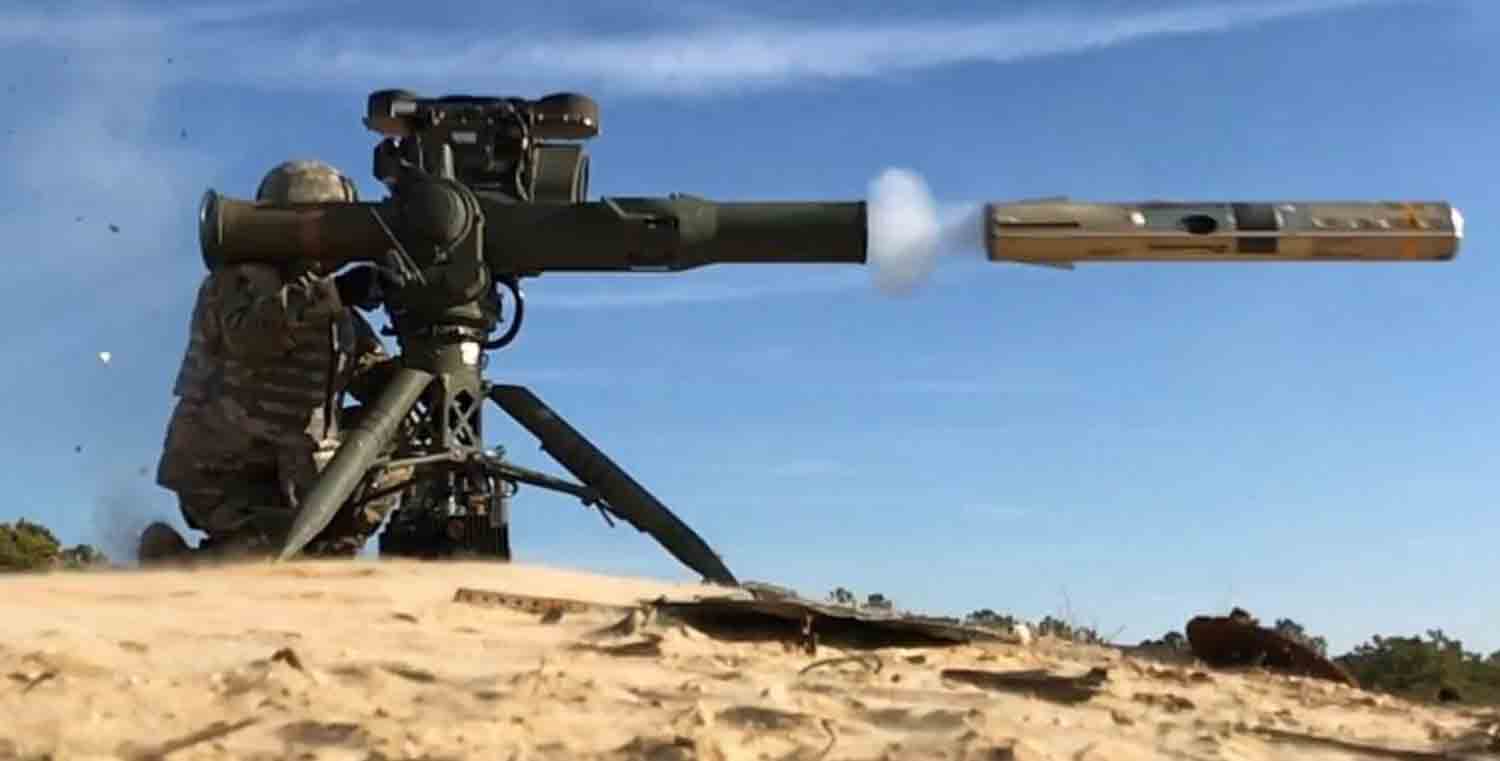Secretary of State Marco Rubio is set to embark on his first official trip as the chief diplomat of the United States. His initial destination, Panama, is anticipated to be the most contentious stop on his agenda, particularly in light of President Donald Trump’s ongoing assertions regarding control of the Panama Canal.
“Panamanian sovereignty over the canal is unequivocal. There is no debate on this matter. The essence of a nation is not negotiable,” stated Panama’s President José Raúl Mulino on Thursday, just days before his meeting with Rubio.
Nevertheless, the Trump administration appears determined to pursue this issue. In his inaugural address, Trump referenced Panama six times, more than any other nation. He and his Republican supporters are increasingly suggesting a troubling narrative that the Panama Canal has fallen under the influence of Chinese military interests, claiming this justifies the need for the U.S. to reclaim control from Beijing.
“A foreign entity currently has, through its companies—which we know are not truly independent—the capacity to turn the canal into a strategic bottleneck during a conflict,” Rubio asserted during his Senate confirmation hearings earlier this month.
“This poses a direct threat to the national interests and security of the United States,” he added.
Despite the alarming tone of these statements, the situation is not as clear-cut as it may seem. A fact-check of the claims made by the Trump administration regarding the Panama Canal is warranted.
Is the Panama Canal under Chinese control?
Trump has frequently criticized the “poor deal” made by Jimmy Carter when the canal was handed back to Panama in 1977. However, he has intensified his rhetoric and inaccuracies since the beginning of his second term.
“Panama’s commitment to us has been violated,” Trump declared during his inaugural address. “Most importantly, China is operating the Panama Canal, and we did not transfer it to China; we entrusted it to Panama, and we are reclaiming it!”
On his Truth Social platform, Trump has asserted—without providing evidence—that Chinese troops have been stationed at the canal and that “Panama is rapidly working to remove 64% of the signs written in Chinese. They are prevalent throughout the Zone.”
However, the “Zone,” which was a former American territory adjacent to the canal, has not been in existence since 1979.
If Trump’s depiction seems reminiscent of a film plot, it indeed is. The 2001 film “The Tailor of Panama,” featuring Pierce Brosnan and Geoffrey Rush, portrays a fictional US invasion of Panama based on false intelligence suggesting that China is covertly attempting to acquire the canal.
In actuality, since the year 2000, the Panama Canal has been managed by the Panama Canal Authority. The administrator, deputy administrator, and an 11-member board are appointed by the Panamanian government but function independently.
Most of the workforce at the canal consists of Panamanians, and it is Panama that determines which companies receive contracts to operate the ports adjacent to the canal. Additionally, vessels navigating the 50-mile canal must be guided by local pilots employed by the Canal Authority.
Concerns regarding the rise of Chinese investment in Latin America, including Panama, are valid; however, there is currently no evidence to suggest any Chinese military presence in Panama. During a press conference on Thursday, Mulino stated that the US government has not yet provided his administration with any evidence of Chinese control over the canal.
What does Rubio imply by referring to ‘a foreign power’ in relation to the Panama Canal?
The Trump administration appears to be highlighting that Panama Ports, a subsidiary of the Hong Kong-based conglomerate CK Hutchison Holdings, operates terminals on both the Atlantic and Pacific sides of the canal, alongside several other companies.
Hutchison was awarded the concession for the two ports in 1997, during a period when Panama and the US jointly managed the canal. Notably, that same year marked the transfer of control of Hong Kong from the United Kingdom to China.
Although Hutchison operates within Beijing’s sphere of influence, it is not a covert military front for China. The company is publicly traded, not listed on any US sanctions lists, and its subsidiary, Hutchison Ports, ranks among the largest port operators globally, managing 53 ports across 24 countries, including those of other US allies such as the UK, Australia, and Canada.
Hutchison does not have control over access to the Panama Canal. The workers at their two ports are responsible solely for loading and unloading containers from ships and providing fuel. Additionally, they are not alone in this operation; three other ports near the canal are managed by rival companies offering similar services.
In response to comments made by Trump, the Panamanian government has initiated an audit of the ports owned by Hutchison. The company asserts that it is fully cooperating and has even extended an invitation to Rubio to tour its facilities.
“Hutchison Ports has invited the Secretary of State to visit our terminal facilities in Panama during his upcoming trip to the country,” stated spokesperson Anthony Tam in an email to CNN.
The State Department has not confirmed whether Rubio intends to accept the invitation to visit what the Trump administration has inaccurately labeled as a de facto Chinese military outpost in Panama.
Does the United States possess any legal grounds to reclaim the Panama Canal?
According to the 1977 treaty with Panama, the canal was returned to the country with the stipulation that it would remain neutral.
The agreement allows for U.S. military intervention if the canal’s operations are threatened by internal strife or foreign interference. This appears to be the basis for Trump’s remarks about the possibility of “taking the canal back.”
It is difficult to contend that the operations of the waterway are either disrupted or at risk. Since the canal’s expansion commenced in 2007, funded by Panama at a cost exceeding $5 billion, the volume of cargo transiting through the canal has surpassed levels seen during the period of US administration.
A US takeover of the canal would contradict international law and the treaty to which the US is a signatory.
Hypothetically, what might occur if the US attempted to seize control of the Panama Canal?
Since the US invasion in 1989 that ousted dictator Manuel Noriega, Panama has not maintained a military force, yet its citizens are deeply protective of the canal, which is integral to their national identity. Furthermore, despite the aggressive rhetoric from the Trump administration, any attempt to escalate the situation would complicate two other significant US priorities: immigration and economic stability.
The canal is not the only vital route under Panama’s jurisdiction. A military threat against Panama could potentially open the Darien Gap, a dense jungle area where hundreds of thousands of migrants travel northward from South America to the US.
Mulino had previously pledged to close this route to northbound migrants with assistance from Trump; however, it is uncertain whether he would uphold such commitments if US forces were to set foot in Panama.
Americans would also be significantly affected. Approximately 25,000 US citizens reside in Panama, and they could be endangered by any military efforts to take control of the canal. Disruptions to the canal’s operations would likely lead to a surge in prices for various US goods, including automobiles and sneakers, as around 40% of US container traffic transits through this vital waterway.
Moreover, abandoning a long-standing agreement and attempting to reclaim the canal by force from an ally would provide a substantial propaganda opportunity for Russia and China, both of which have advocated for neutrality regarding the canal.
Any military intervention by the US would also exacerbate tensions in Latin America, where ongoing mass deportations have already strained relationships with regional partners.
Trump’s aspiration to raise a US flag over the Panama Canal could result in far greater consequences than he seems to have anticipated.
Discover more from Defence Talks | Defense News Hub, Military Updates, Security Insights
Subscribe to get the latest posts sent to your email.





